When you think of creatures that live forever, what comes to mind? Perhaps a dragon or a phoenix from mythology? How about a biologically immortal jellyfish? Believe it or not, there is such a thing and it is one of the most fascinating animals on our planet! These creatures have been around for over 500 million years and there is no sign of them slowing down. In this blog post, we take a closer look at the immortal jellyfish and see what makes them so unique!
Immortal Jellyfish, how can that be?
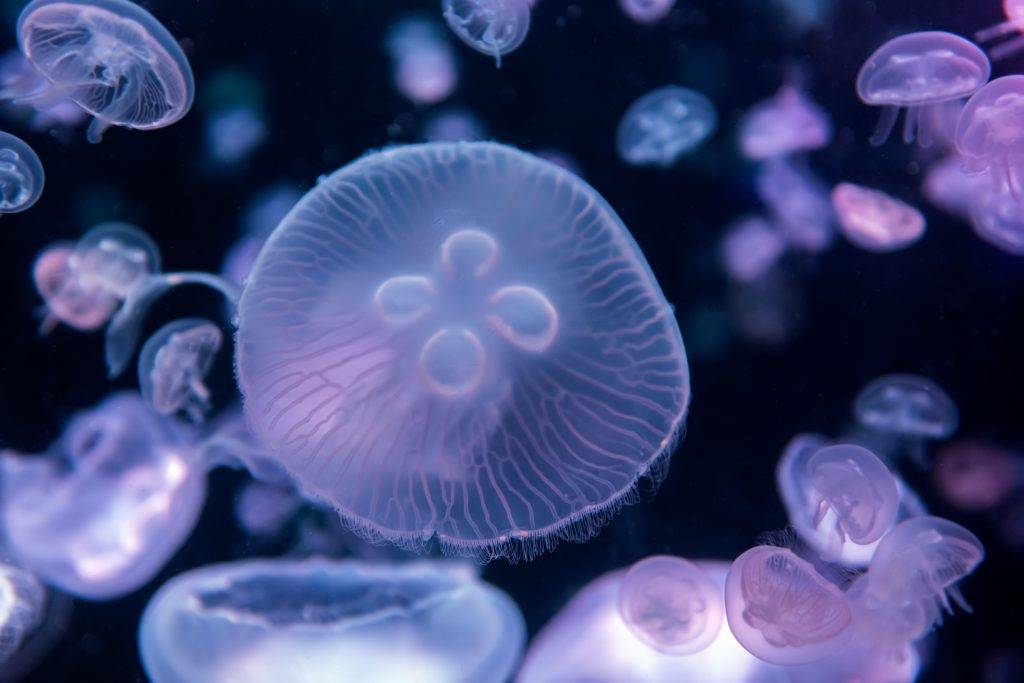
To date, there are only one species that is considered ‘biologically immortal’: the jellyfish Turritopsis dohrnii. These animals cavort in oceans around the world and can revert to an earlier stage in their life cycle in response to stress. The ability to return to an earlier stage of their life cycle in response to stress means that they could theoretically live forever. This is a truly remarkable ability that explains why these creatures have been around for so long.
Who discovered the biological immortality of jellyfish?
Turritopsis dohrnii, better known as the immortal jellyfish, is a fascinating creature. It was first discovered in 1883, but it was not until 100 years later that scientists stumbled upon its unique ability to cheat death. It was students Christian Sommer and Giorgio Bavestrello who made the discovery. They were observing a group of Turritopsis polyps when they noticed something strange – many of the jellyfish had settled down without going through the typical larval stage.
Curious, they continued to observe the jellyfish and found that when stressed, the medusae would drop to the bottom of the vessel and turn into polyps. In other words, they could regenerate indefinitely. The discovery of Turritopsis dohrnii, supported by the spectacular nickname ‘immortal jellyfish,’ caught the world’s attention. Although we are still far from understanding all the implications of this unique ability, it is a fascinating example of nature’s ability to adapt and survive.
Where do we find these creatures?
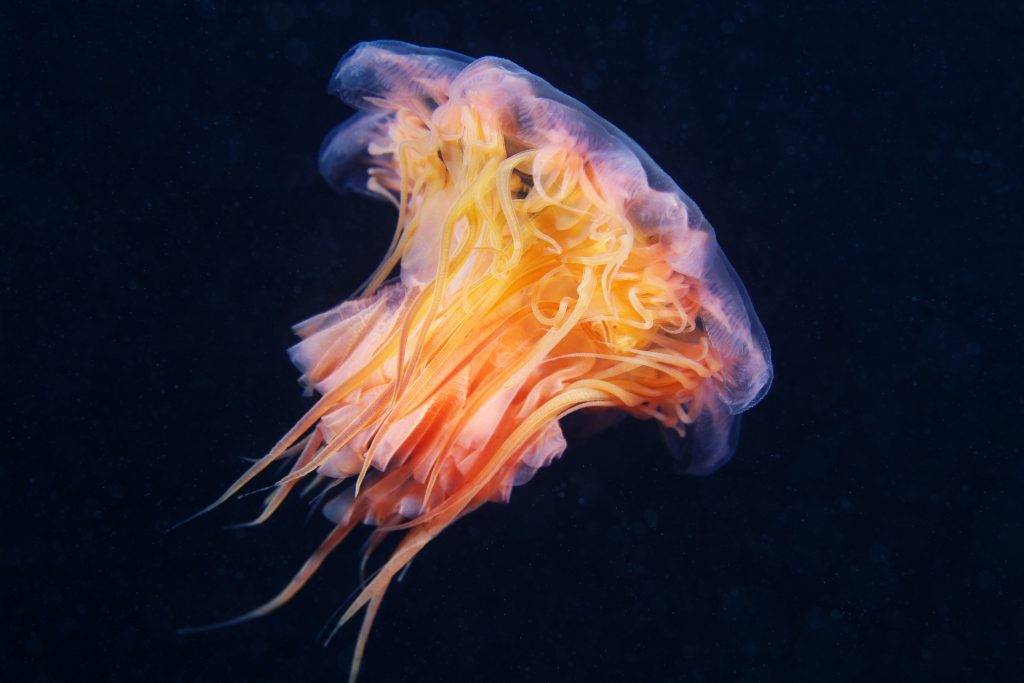
It is no secret that man has had a profound impact on the environment. We have caused the extinction of countless species and are responsible for pollution on a global scale. Now it appears that we are also responsible for the spread of immortal jellyfish around the world. Immortal jellyfish are thought to have originated in the Mediterranean Sea, but are now found in oceans around the world. It is believed that this recently identified invasion is primarily caused by humans. The prevailing theory is that ships are responsible for spreading the creatures across the Earth’s oceans. Finally, the immortality of jellyfish makes them an excellent hitchhiker.
Ballast water is pumped in and out of ships such as cargo and cruise ships to maintain stability. It is quite possible that biologically immortal jellyfish could be sucked in with this water and survive the ocean crossing thanks to their ability to reverse their life cycle when they become stressed, such as when food is scarce. Whether the immortal jellyfish actually spread around the world in this way is still a matter of debate. But one thing is certain: humans had their share in one way or another.
So how can jellyfish survive forever?
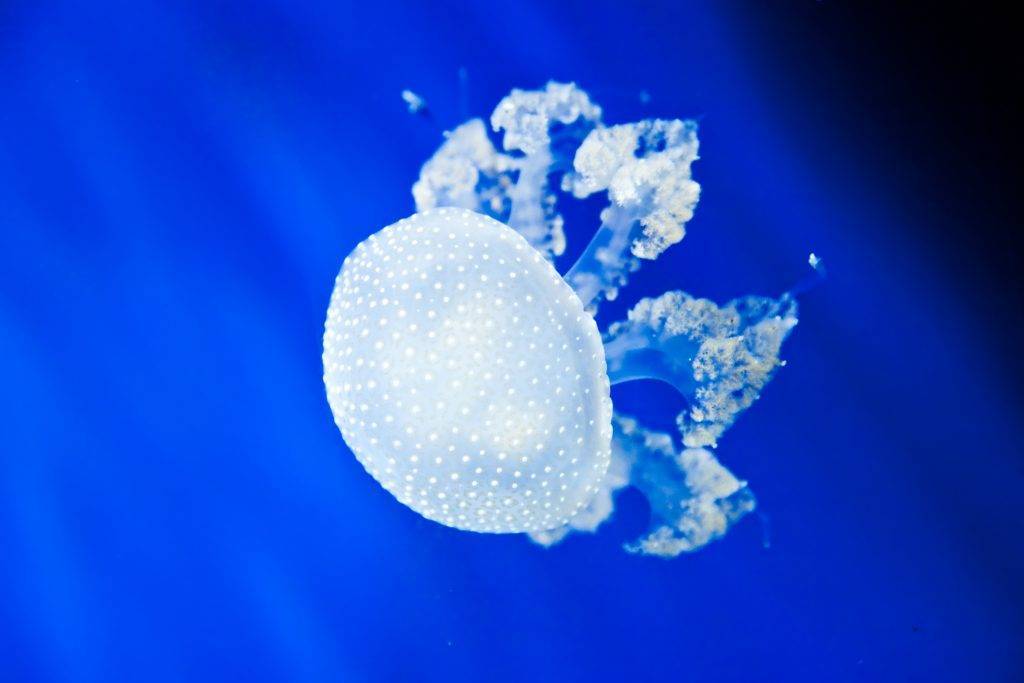
One of the main reasons is Turritopsis dohrnii’s ability to regenerate tissue. When injured or stressed, they can return to an earlier stage in their life cycle and regenerate the lost tissue. This allows them to survive in difficult conditions. Another reason jellyfish can live forever is that they do not have many predators. Most of the animals that eat jellyfish are other fish, and fish usually eat only young jellyfish. Adult jellyfish are too large and tough for most fish to eat. As a result, jellyfish have few enemies and can survive for years, even centuries!
The lives of these amazing creatures begin with a fertilized egg that develops into a larval form called a planula after it develops into a polyp known as an epiphyte. The planula clings to a surface (such as a rock or the ocean floor) and transforms into a polyp: A tubular structure with a mouth at one end and feet at the other. It remains fixed for a time and grows into a small colony of polyps that share feeding tubes with each other.
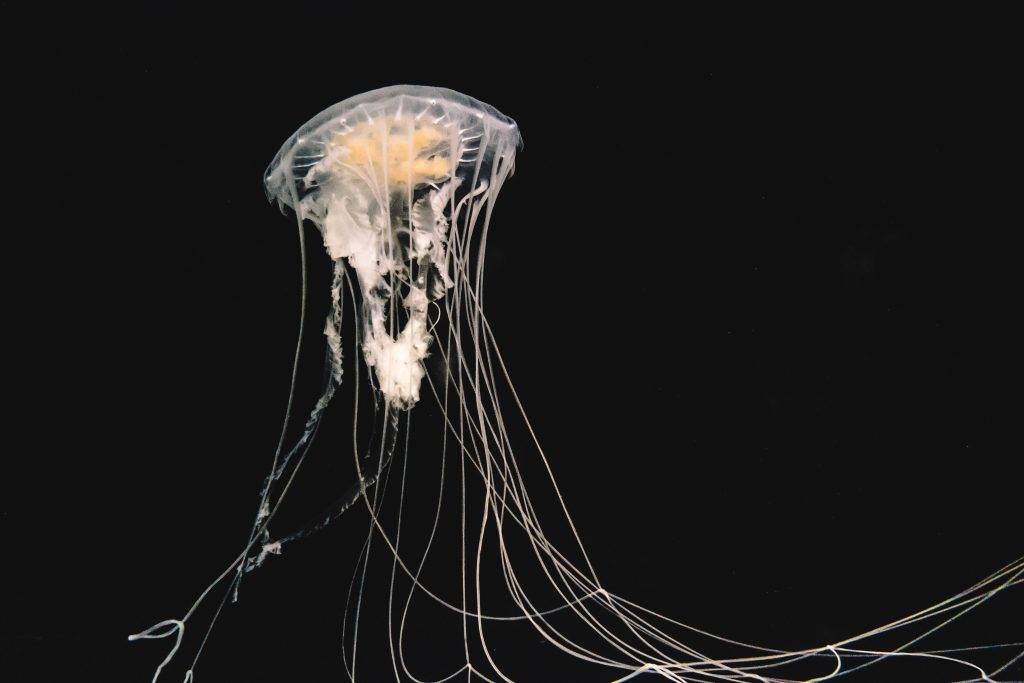
Depending on the jellyfish species, a polyp eventually forms an outgrowth called a ‘bud’. Alternatively, it may form separate segments that stack on top of each other and then detach from the colony. This process is responsible for two later stages of the jellyfish life cycle: the ephyra (a small jellyfish) and the medusa. The medusa is the stage at which the adult jellyfish can reproduce sexually.
In summary, the immortal jellyfish is a fascinating creature whose life span could possibly be eternal. It is amazing how such a small and seemingly insignificant creature can have such a huge impact on the world. The immortal jellyfish is a true wonder of nature!
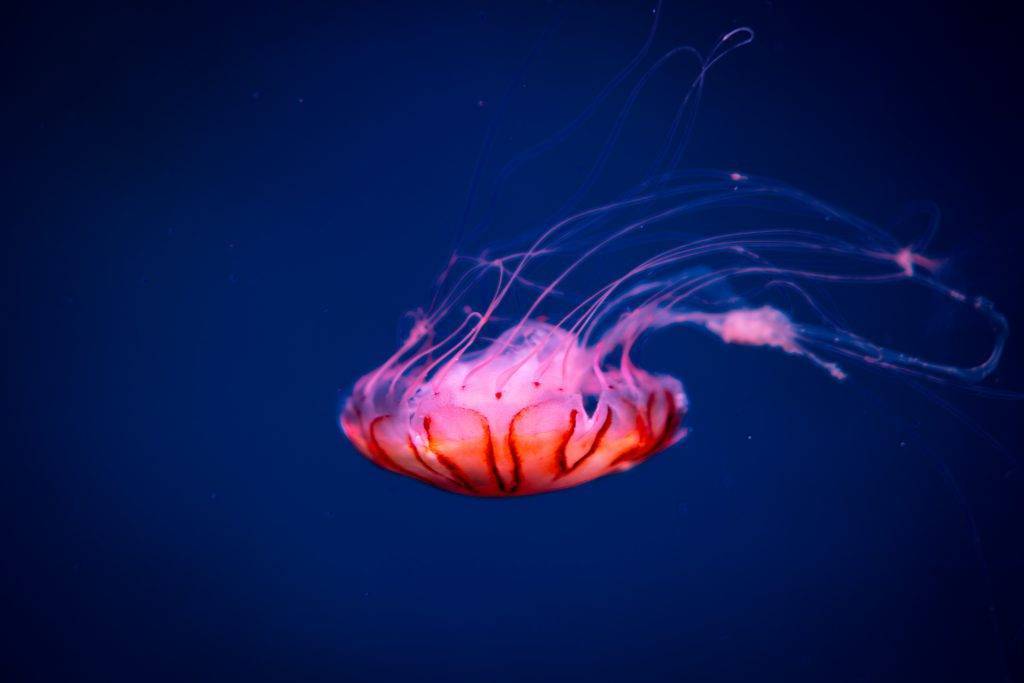
Do you think an animal that can live forever is a good or bad thing? What are the pros and cons of having a biologically immortal animal in the world? Let us know what you think in the comments below!
Reeferences
- Piraino, S.; Boero, F.; Aeschbach, B.; Schmid, V. (1996). “Reversing the Life Cycle: Medusae Transforming into Polyps and Cell Transdifferentiation in Turritopsis nutricula (Cnidaria, Hydrozoa)”. The Biological Bulletin.
- https://www.nhm.ac.uk/discover/immortal-jellyfish-secret-to-cheating-death.html
- https://thebiologist.rsb.org.uk/biologist-features/everlasting-life-the-immortal-jellyfish
Have on our recent blogs:


























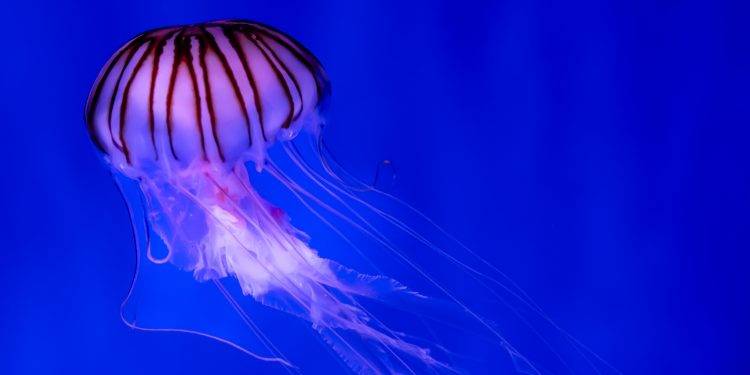















Well, can it be killed by the way? Or it can survive forever as long it is in its convenient environment?
I think in extreme conditions such as high level heat, it won’t recover but more research is needed to prove that